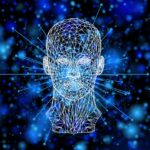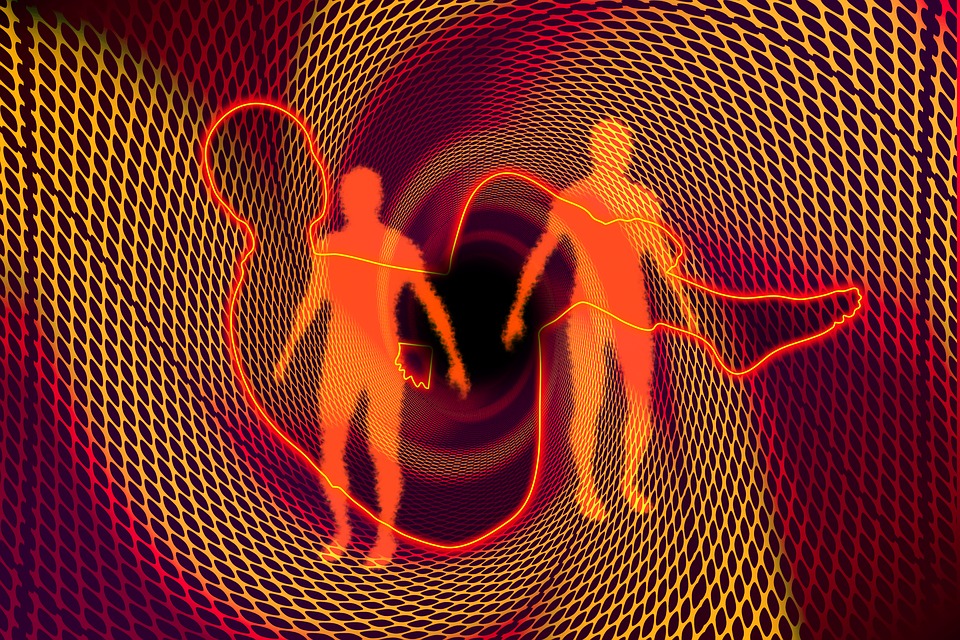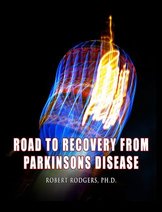Greetings – I am getting more information from/about two
different private facilities that do stem cell implants.
Both advertise on the internet. One is in Cologne, Germany
and the other is in the Caribbean. While there are no
guarantees, both claim to have made dramatic improvements
in Parkinson’s patients.
Notwithstanding the prices they charge, I’m tempted to
spend a good deal of my limited savings on one of them. Why?
Because I am approaching desperation. I’ve had PD for 20+ years
(I’m now age 67) and my symptoms–mainly dystonia,
depression, and fatigue– are worsening day by day.
I happened across your web site.
Please tell me what you would do if you were in my shoes.
Many thanks,
George
My short answer:
I would search for more information about stem cell implants. There are
many excellent options available now. My research reveals that
stem cell therapy usually offers welcome relief, but it is not
sustained over the long term. Continued treatments are required
over time to celebrate ongoing symptoms relief.
I would be highly suspect of anyone who promises a single
approach will do wonders for permanently relieving the
symptoms of Parkinson’s. My understanding of Parkinsons causes
indicate that changes in life style and a multi-faceted
approach are necessary.
I have talked with many people in many countries who have found
ways to get relief from their symptoms. Some are happy with the
outcome. I have heard a few reports of individuals who were unhappy.
None of these therapies help everyone to be sure.
My guess is this: Stem cell implants can provide
temporary relief, but in most cases they do not appear to offer
long term relief. When symptoms are genuinely problematic I|
think stem cell implants can be a viable option to take seriously.
You need to jump start your recovery and get your life back even
if in the short term.
Causes of Parkinsons Symptoms
I have concluded from working with many people with Parkinson’s
and from interviewing many people with Parkinson’s that the causes fall
into a minimum of two categories: trauma/stress and toxins.
If you are carrying significant trauma in your tissues or holding
the effects of stress in your body, stem cell implants will not
succeed in releasing them. Other approaches are needed.
If you have an overload of toxins in your body, stem cell implants
will not necessarily help your body purge them. Other approaches are needed.
The other important issue I want to raise is the following:
Bu concluding your body needs a fresh batch of cells because the
existing cells are defective is a rather devastating statement
to the existing cells. You are saying to your body –
“You are not doing your job.”
Think of the feeling someone might have who has been fired
from their job despite the fact they are doing everything
right and putting in a 110% effort. The existing cells –
who I strongly believe have a consciousness – are certainly
going to wonder what is happening.
“Have I been fired without cause? Are replacements willing to be paid minimum wages being hired in my place?”
Your challenge is formidable to be sure. You have been
suffering from the symptoms for 20 years. You are not
feeling better and have good cause to be at your wits end.
It must be hard to find the motivation to do anything for yourself.
You might explore low cost ways to get a boast in energy so
you can begin feeling better. Some people find nutritional IV’s
are helpful (where you give your body an infusion of vitamins
and minerals it needs).
Eating fresh food each and every day helps. Juice with fresh
vegetables if you can. Nutritional approaches to recovery
have helped many people with troublesome
symptoms feel better. Finally, exercise every day will definitely help.
Robert Rodgers PhD
Founder 2004
Parkinsons Recovery
https://www.parkinsonsrecovery.com
© Parkinsons Recovery





